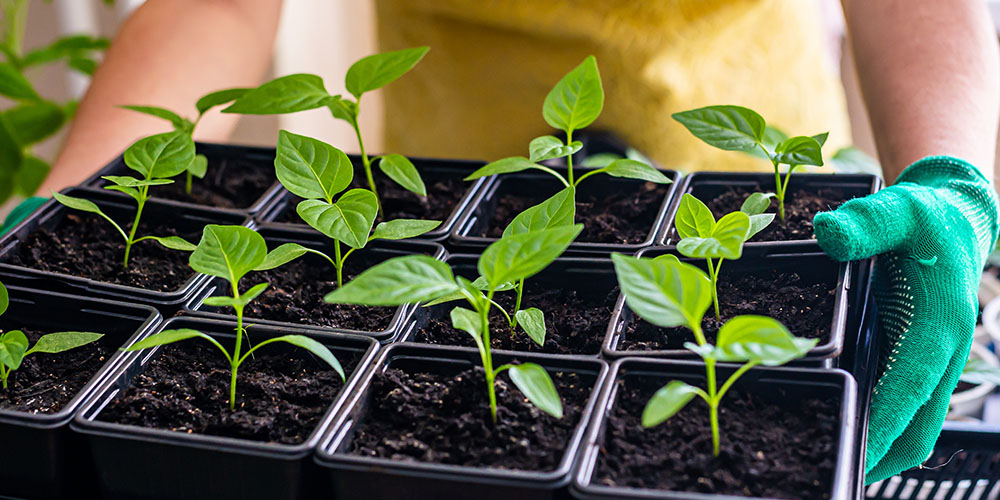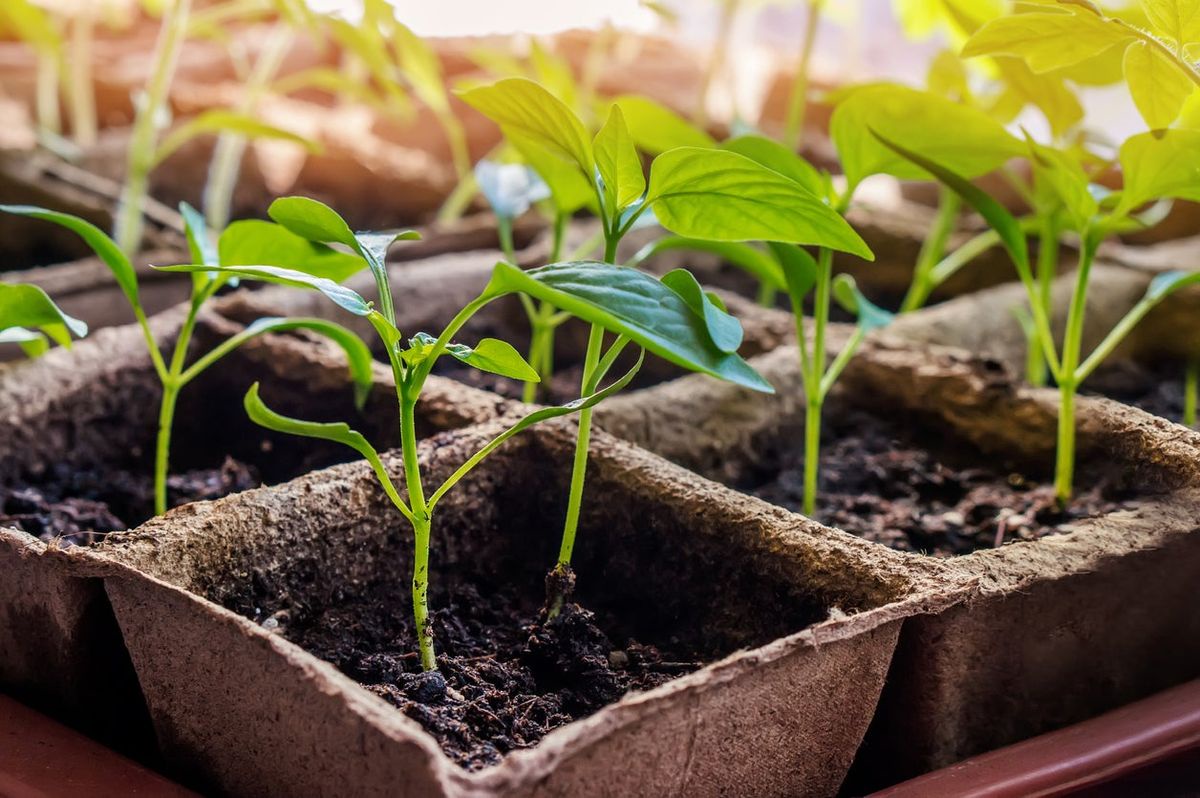Seed starting trays are a gardener's first step toward a successful growing season, providing a controlled environment for seeds to begin their journey to maturity. These trays come in various styles and materials, each designed to cater to different gardening needs and preferences. Selecting the right seed starting tray can make a difference in the ease and effectiveness of your gardening efforts, helping to ensure a healthy start for your plants.
Sectioned vs. Open Flat Trays: Which is Right for You?
When choosing seed starting trays, one of the primary considerations is whether to opt for sectioned trays or open flat trays. Sectioned trays, also known as cell trays, offer individual compartments for each seed, which can help reduce root disturbance during transplanting. This type is particularly useful if you plan to start many seeds and want to minimize space or need to manage different planting schedules.
Open flat trays, on the other hand, do not have individual sections, providing a large, uninterrupted area for seed starting. This option can be more versatile for sowing seeds that require more room to spread out or for gardeners who prefer to space out their seeds manually. However, plants grown in open flats may experience more shock during transplanting due to root disturbance. Your choice will depend on your specific needs, such as the type of plants you're growing and your transplanting strategy.
How to Choose the Right Size and Depth
The size and depth of your trays can have an impact on the health and development of your seedlings. Deep trays are ideal for vegetables and flowers that develop long taproots, such as peas and sunflowers. These deeper trays allow the roots to grow strong and healthy without being cramped or circling, which can stress the plant and inhibit growth.

Smaller, shallow trays are suitable for seeds that do not require much depth, which can help save on soil and make the trays easier to heat if needed. When selecting trays, consider the root requirements of the seeds you wish to start. Ensuring that the tray accommodates the roots comfortably will promote healthier, more robust seedlings.
The Role of Moisture in Seed Starting Trays: Balancing Hydration and Drainage
Moisture control is important in the early stages of seed germination and growth. Starting trays need to provide a delicate balance of moisture retention and drainage to ensure that seeds neither dry out nor sit in water, both of which can be detrimental. Look for trays with adequate drainage holes and consider pairing them with a watering tray or capillary matting to help maintain consistent moisture levels.
Additionally, using a cover or dome can help retain humidity around the seedlings, promoting moisture consistency without overwatering. Be vigilant about the signs of overwatering, such as mold growth or wilting, and adjust your watering practices accordingly to ensure optimal seedling health.
Seed Starting Mix vs. Sterilized Compost: Which is Best for Your Seeds?
Choosing the right medium to fill your seed starting trays is another key factor. The starting mix, typically a lightweight, nutrient-balanced medium designed specifically for seed germination, provides an ideal environment for most seeds. It's generally free of large particles and potential pathogens, making it safer for tender young plants.
Sterilized compost, on the other hand, can be a great option for those who prefer a more natural approach or are using a composter. It's important to ensure that any compost is thoroughly sterilized to eliminate disease-causing organisms and weed seeds. While compost can provide a nutrient-rich environment for seedlings, its variability in texture and nutrient content can make it less consistent than a commercial seed starting mix.
Conclusion
Understanding the characteristics and benefits of various seed starting trays and mediums is crucial for gardeners aiming to optimize their planting strategies. Whether opting for a sectioned tray or an open flat, choosing eco-friendly materials or conventional ones, selecting a seed starting mix or using sterilized compost from a composter, your decisions greatly influence the early development of your plants. By making informed choices, you can establish a strong foundation for a healthy and productive garden, effectively leveraging tools like composters to enhance soil quality and ensure your young plants have the best start possible.


No comments yet